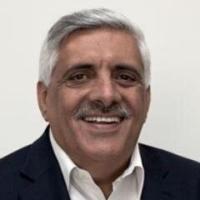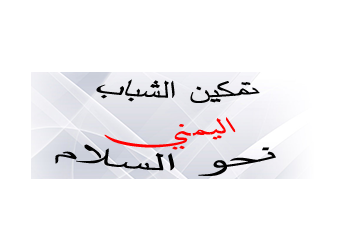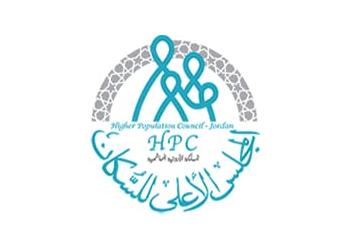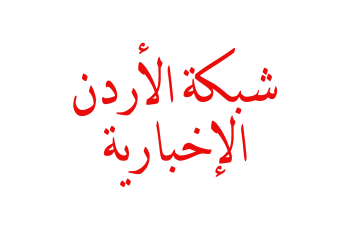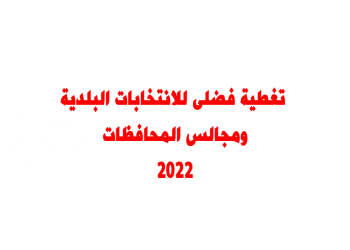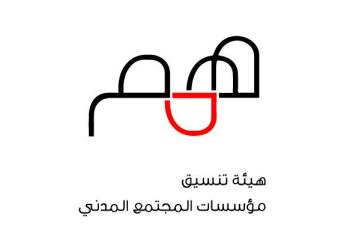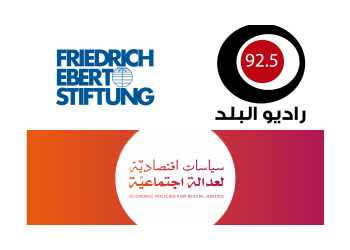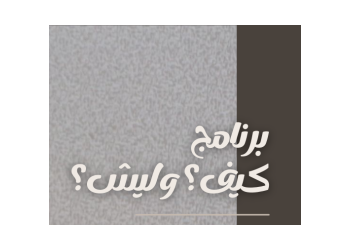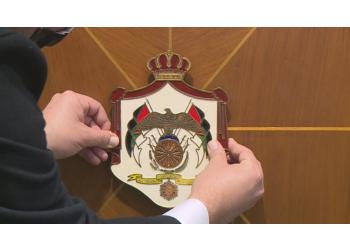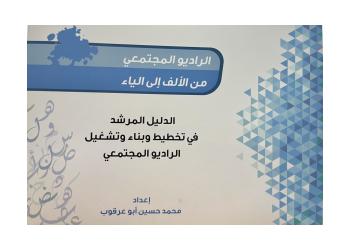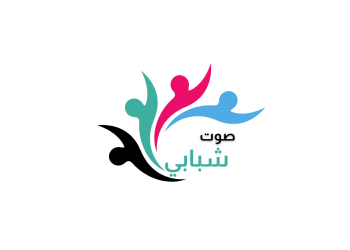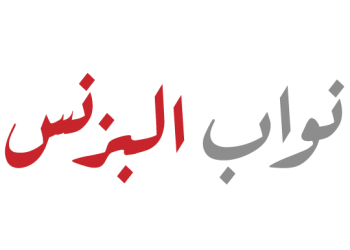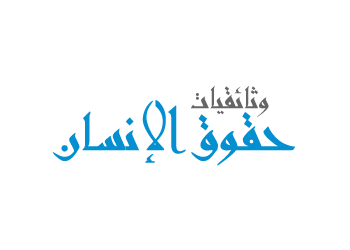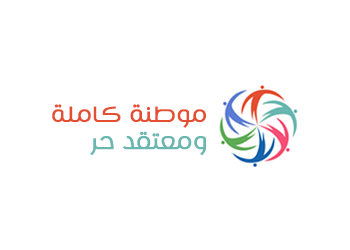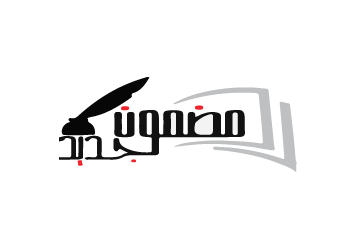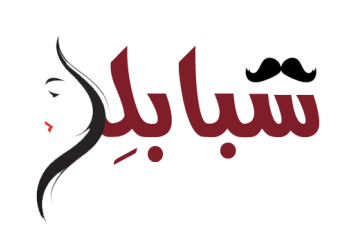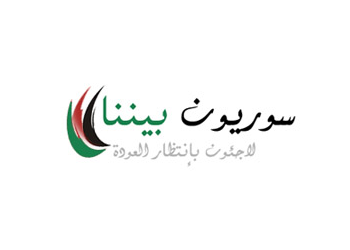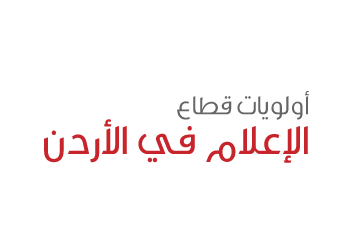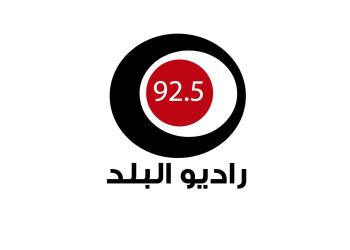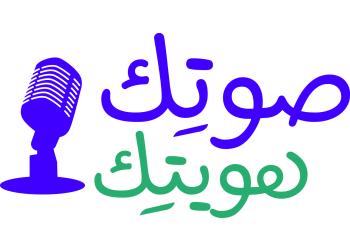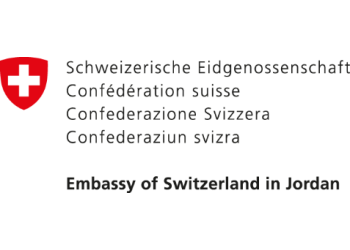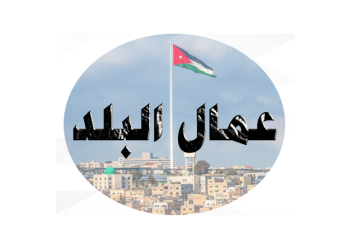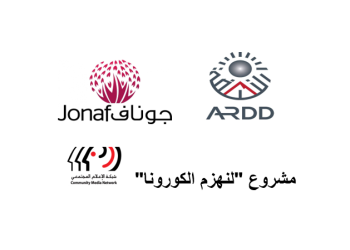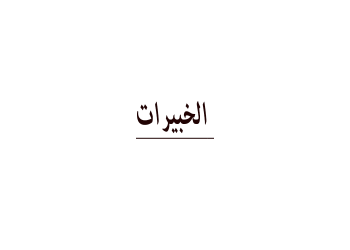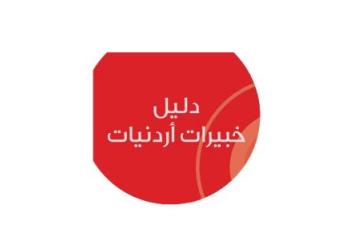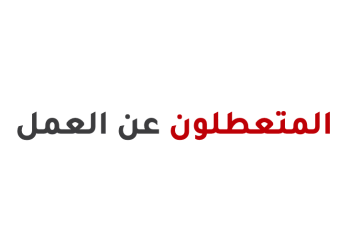
Any country’s security force system is made up of various apparatuses that are unified at the top. Police, anti riot forces together with intelligence units are networked together to enforce a country’s overall security strategy. Uniformed and civilian dressed professionals are used as are various forms of hand equipment, sophisticated technologies, ground vehicles and air bound helicopters. Regulating and containing large numbers of demonstrators can be quite a challenge to any security force. But no matter what the difficulties are, a national security system must at all times stay neutral and communicate truthfully to their own public. For some time, the Jordanian security forces seemed to operate professionally with local demonstrations and protests, with a few exceptions. The police have for weeks been allowing the weekly Friday demonstrations outside the Husseini Mosque in downtown Amman. Protests in major cities and for various issues have been permitted by the police who have at times even offered water and juice to the demonstrators. This professionalism and neutrality however, fell apart Friday afternoon when the police joined thugs from a pro government rally to break up the March 24th movement’s demonstration at Jamal Abdel Nasser, also called Interior Ministry, roundabout. It is hard to believe that the violent police intervention occurred simply because of pressure on the security forces from two competing groups. The more likely scenario is that a decision was taken high up in the government and security forces to break up the youth rally as it was about to end its second day at the strategically located junction. The loss of the police neutrality was first noticed on Thursday afternoon when the peaceful demonstrators insisted that they were planning to stay overnight in the quickly established tents they had erected. An attempt by some unknown persons to break up the rally by throwing stones at them didn’t deter the demonstrators despite the fact that tens suffered minor injuries from the stones raining on them. Ironically the police stationed by the demonstrators didn’t intervene nor was any arrest reported. The situation got worse when the local street lights and electricity in the area was suddenly cut off. Leaders of the demonstrators are certain that no one would cut off the electricity unless ordered to do so by the security forces. But what happened Friday pails in comparison to what happened the day before. The systematic was planned violent assault on the demonstrators was not only witnessed by live satellite transmission and doezen of reporters but also by members of the Royal Dialogue Commission (16 of them have since withdrawn from the dialogue). The cameras and those present have documented clearly the sequence of events that happened Friday afternoon. Without a shadow of doubt, the verdict is clear. Jordanian security forces lost all attempts at neutrality and acted in an unprofessional way towards fellow Jordanian demonstrators. An act that left deaths and injuries as well as a broken belief in the government’s commitment to respect freedom of expression and assembly. The change in the security forces position towards the March24th movement started to become evident earlier in the afternoon. While the pro government rally was located on the other side of town near the King Hussein gardens, by late afternoon it became evident that the police which had banned entry to the Ministry of Interior Circle was suddenly allowing a certain group of individuals especially those coming from the direction of the Sports city circle- the connecting point from the pro government rally. A police helicopter hovering over the pro government rally was certainly able to distinguish these demonstrators and coordinate their prevention if it really intended to do so. The permission by the police of pro government demonstrators on the bridge overlooking the March 24th movement was yet another sign of the collusion between the security and one of the opposing groups. When the stones started to rain on the March 24th demonstrators initially injuring some of the policemen stationed near the demonstrators, no orders were given to arrest the attackers. On the contrary an effort ensued by the germander police unit (Darak) to begin what appears to have been a well planned attack. Targeting journalists and anyone carrying a camera was clearly the first order of business apparently in order to lessen the damage that could occur if the breakup of the rally was recorded. In one instant, Saad Silawi the reporter for one of the Arab Satellite stations, AL Arabiyeh was threatened as the camera was transmitting life the police action. The minister of justice later apologized to Silawi. Other journalists including a Reuters crew, reporters from Al Ghad, Radio al Balad and JordanDays TV whose injury or threats was not broadcast on live television didn’t even receive an apology. What made the security forces bias become crystal clear was the actions taken after the chaos had subsided and the demonstrators were dispersed. The expressions of joy by the security forces along with the “thugs” and pro government youth removed any attempt at professionalism and neutrality. The removal by the security forces of the Jamal Abdel Nasser circle’s sign to the cheers of the security showed a lack of regard to a government issued name of a famous Amman location. Pro government commentators had in the same morning reflected a fear that this circle would follow the example of Tahrir (Liberation) Square in Egypt or Louloa (Pearl) Square in Bahrain or Tageer (Change) Square in Sana’a as the point of attraction for anti government demonstrators. Expression of celebration continued for some time with police motorcycles rooming the capital with their sirens on and with pro government vehicles accompanying them honking the horns and waving the flags as if Jordan had won the World Cup or defeated a national enemy. The unprofessionalism of the police was not to be outdone by their and the government’s lack of credibility when communicating what happened to the public. A press release issued by the security forces claimed that the police was caught in between two forces and had no choice but to break up the demonstrations. The police also said that the deceased 54 year old Mustafa Saed died from a heart attack and anyways that he was a member of the pro government Nida’a al watan demonstration. An immediately denial by the son of the deceased on local radio didn’t deter the police chief Hussein Majali from repeating this inaccuracy. Prime Minister Bakhit's hour long interview on Jordan TV’s main news program contained similar attempts at spinning what happened as a professional act against an Islamist group which gets its orders from Egypt and Syria. A claim the Moslem brotherhood speakers immediately and vehemently denied. The press conference held by the government spokesman and the minister of interior was then broadcast on Jordan TV with all the journalists’ questions – most of whom were eyewitnesses- edited out and possibly some of the answers. The editing jumps and the answers to unheard questions were obvious to any trained observer. This was not the transparency that the government had promised upon its appointment of an independent minded editor as its spokesman. Ironically, the chief of police did in the end of the press conference allude in the most nuisance way to the mistakes committed by the police. The members of the police acted in a professional way, he claimed. But I don’t claim that we are perfect. Perfection is to God, he concluded, using a well-known Arab saying.

